The water distribution issue in conflict zones will likely be solved with IOTA’s tangle technology along with the company com2m, which will integrate the technology into its Internet of Things platform. Let’s find out more about the upcoming IOTA news.
In a publication on Medium, the developer Olaf Neugebauer published the details on building a smart pump prototype in order to improve the water distribution in conflict zones. The prototype was developed by the com2m company which uses IOTA’s tangle technology to secure the data and to monitor the water distribution. Neugebauer is a Manager from the com2m company which is based in Dortmund, Germany. The startup develops Internet of Things solutions with the IoT platform and offers the clients services that go from the start of a project to the application and management.
According to the publication, com2m developed the prototype of a water pump with multiple features that are applicable to conflict zones. In these areas, the distribution of water is much more complicated than sending it from Point A to point B. In a few areas where it is necessary to manage data without the intervention from parties involved in falsifying information to their advantage which is where the IOTA’s tangle technology is crucial.
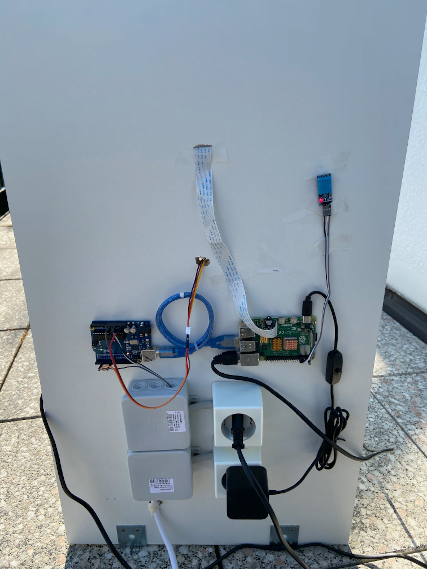
Unlike other blockchains such as Ethereum and Bitcoin, IOTA’s distributed ledger technology allows individual transactions to be stored on the platform which makes it extremely convenient for monitoring work and storing transactions in blocks as is the case with the “Classic blockchain”;
“Writing and verifying data on the Tangle is fast and can be performed in a distributed way. Since its open source nature, you can deploy our own private/isolated Tangle (…) With so called Masked Authenticated Messages (MAM) IOTA provides a data streaming layer which, on paper, suites our purpose of rapid IoT data exchange well. These messages are arranged in channels. They are somewhat similar to a linked list. Starting from the root message, you can walk through the channel message by message.”
For the prototype programming of the smart pumping station, the development team used a NodeRed for the Raspberry Pi and used the library to link the communication channels in case of a power loss or lost connection. The publication stated that the development team was satisfied but believes that the prototype is not yet in the mass production stage:
“Overall, we are very satisfied with the performance and capabilities of IOTA. We are eager to see how the upcoming MAM v1.1 will perform. Finally, we plan to integrate IOTA into our IoT-Platform and consulting services.”
DC Forecasts is a leader in many crypto news categories, striving for the highest journalistic standards and abiding by a strict set of editorial policies. If you are interested to offer your expertise or contribute to our news website, feel free to contact us at editor@dcforecasts.com

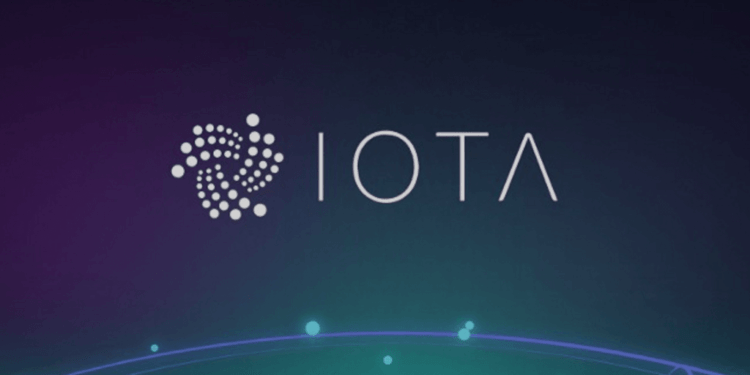
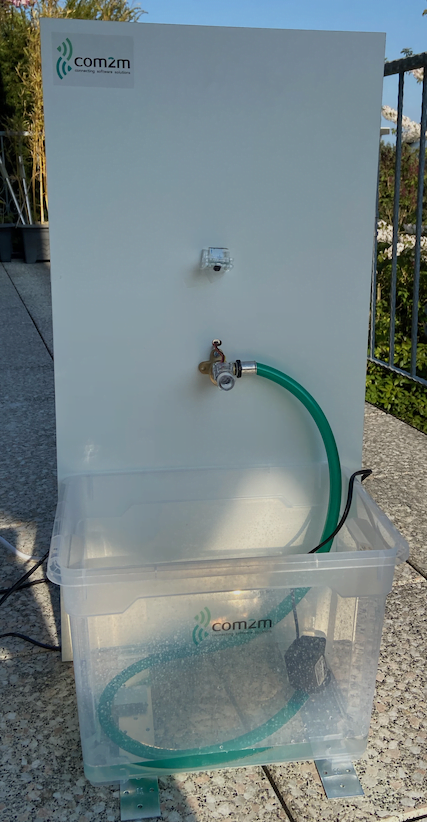

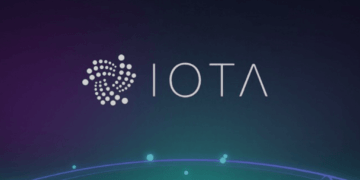

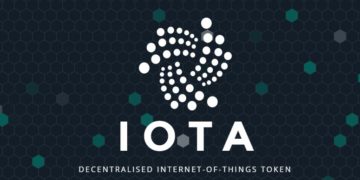















Discussion about this post